Ghosting on walls is a common problem, and it can lead homeowners to think they have a severe mold issue. But what is ghosting, exactly?
Never fear; this article will explain everything you need to know about cleaning ghosting on walls, from what causes it to how to get rid of it!
How Do You Clean Gosting On Your Walls
Here are the 5 steps to eliminate ghosting:
- Eliminate the cause of the ghosting
- Dust down the affected walls
- Wash down the area with a light bleach solution
- Let the area dry completely
- Prime with stain-eliminating primer
- Re-paint the walls

What Is Ghosting On Walls?
Airborne dust, dirt, and soot particles slowly accumulate on walls and ceilings, resulting in ghosting. Ghosting is also known as “ghost stains,” “thermal bridging,” or “thermal tracking.” On outer walls and ceilings, ghosting appears as strange patterns.
Ghosting Vs Mold
When you first notice them, you might think that mold might be the cause of the ghosting lines on the ceiling. Material composition determines how a shadow is formed. If you have a mold problem, your ceiling or walls will show mold spores and fungal growth. The shadow will consist of dirt, dust, soot, and other organic matter if the problem is ghosting.
Is Ghosting Dangerous?
If you’ve ever noticed strange stains on your ceiling, you may be wondering if they’re dangerous. The easy answer is no. Ghosting is not dangerous to your health. But while they’re not harmful, these stains can be difficult to remove.
What Causes Ghosting?
Root causes of ghosting in homes:
- Static electricity –
- Excess humidity
- Poor Insulation
- Air passing through the home’s envelope
The phenomenon of ghosting on walls and ceilings occurs when there is missing or inadequate wall or attic insulation. Or, alternatively, mere gaps in the insulation that allow cold air to penetrate. Condensation is created by passing cold air through wall frames and ceiling fasteners, which attracts dust and mold spores. Light gauge steel framing is especially susceptible because it conducts heat and cold so well.
A home’s construction is at the center of this issue. There must be three barriers surrounding a home to ensure even heating and cooling: an air barrier, a thermal barrier, and a moisture barrier.
Together, these three components form the building envelope. Even though gaps, penetrations, and voids should never exist, they can be found in homes with ghosting issues, where the air current can carry air and moisture through them.
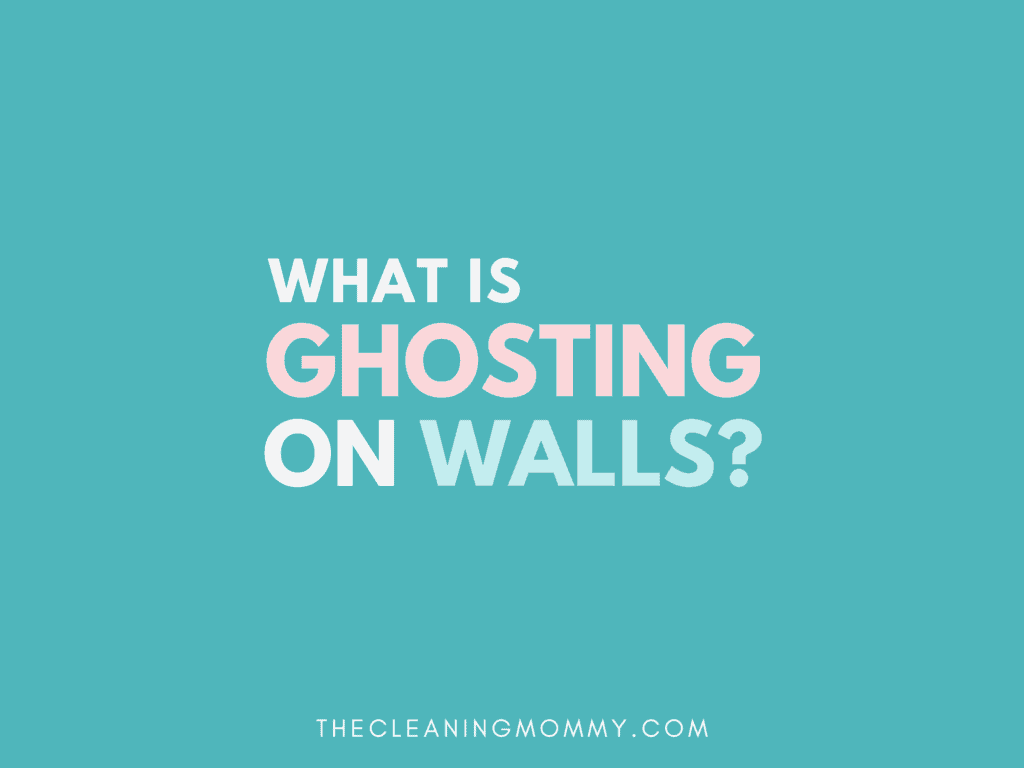
Fuel For The Staining:
Ventilation systems generate electrostatic charges as a result of the flow of indoor air. Floating air particles will clump together due to these positive and negative charges.
A cold spot on your ceiling rafters, wood framing, or wall studs attracts these charged particles, as water is also conducive to electricity. Light gauge steel studs and steel drywall fasteners are common materials that attract these particles.
You have ghosting when dust and dirt particles in the air cause visible stains on walls and ceilings over time.
The following factors also help facilitate ghosting stains:
- Candles – Many people enjoy burning candles and incense in their homes to create a pleasant atmosphere. However, many don’t realize that heat from a candle or incense releases oils and other contaminants. These contaminants then settle on nearby surfaces, leaving behind a dull film. If you want to reduce ghosting, stop burning candles!
- Smoking – The nicotine and other chemicals in cigarette smoke leave residue on the surfaces around them, which can cause tell-tale stains. While removing these marks is difficult, quitting smoking can help to prevent them from appearing in the first place.
- Dirt particles – if you live in a very dusty area, tracked-in dirt particles can add to ghosting stains. Also dust creators like clothes dryers, vacuums, etc. can add to the issue of they are not properly vented and filtered.
- Wood Burning Fireplaces, gas or wood burning stoves – Wood-burning fireplaces produce soot and can also cause ghosting stains on walls and ceilings, (also known as “soot staining” as the smoke and combustion byproducts aren’t properly directed out of your home. If you have a wood-burning fireplace, be sure to have it adequately vented to avoid these unsightly stains. You should have proper airflow for any gas or wood stoves as well.
Other common issues leading to thermal tracking stains include:
- Air Leaks Around Doors and Windows
- Excessive Humidity Inside
- Dirty Ventilation Filters
- Non-Vented Appliances
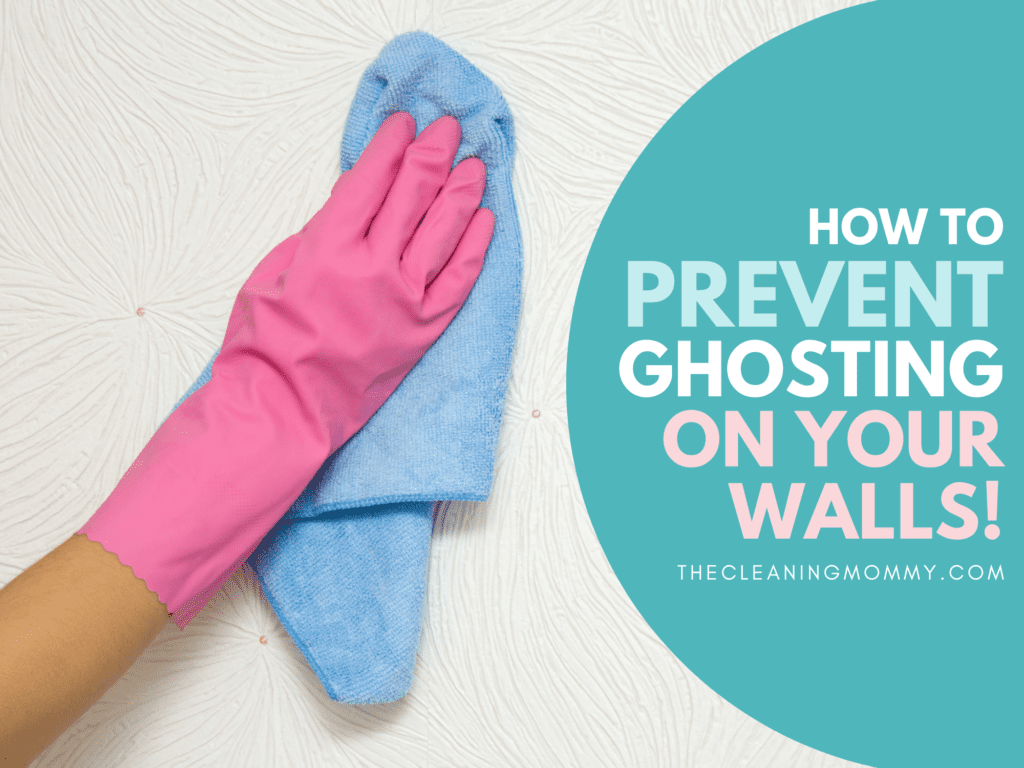
How To Get Rid Of Ghosting On Walls
You can clean ghosting stains temporarily. However, the stains will come back if the issue that is causing them is not fixed. You need to find and fix the stains’ source before getting rid of them for good.
How to clean ghosting on walls and ceilings
- Clean The Stains – You can remove the dark or gray marks (thermal tracking marks) by scrubbing the area with a solution of diluted bleach and water. Be careful not to overuse bleach because it can damage your lungs. A professional cleaning company with experience in handling wall cleaning chemicals (and knowing how to clean ghosting on walls) can also help you.
As well as cleaning mold spores, this is useful for preventing them from forming. Moreover, be careful not to use too much bleach, as this can cause respiratory problems. To prevent irritation of the skin, wear rubber gloves.
- Prime The Walls – It is recommended that you use paint primer after the area is completely dry before painting over it. Make sure you prime the entire area you’ll be repainting, including interior walls and ceilings.
- Repaint – To paint over soot or dark thermal tracking stains, choose a slightly darker color than the original paint. As a result, the problem will appear to be less obvious while missing insulation, interior wall, and ceiling issues are fixed.
How To Permanently Reduce Thermal Tracking Stains
Fix The Cause Of The Ghosting
Thermal bridging, thermal tracking; whatever you want to call it, know that it will continue until the poor air quality, cold air issues, and indoor humidity problems are resolved. The location of ghost stains will alert to problem areas. Seal clothes dryer vents and change a/c or furnace filters regularly.
Ensure Adequate Ventilation
Thermal bridging can occur when a material with a higher thermal conductivity is in a bridge formation. This can cause heat to flow more quickly through the bridge, resulting in a loss of heat insulation and increased heating and cooling costs.
Thermal break insulation is a material that has lower thermal conductivity and can be used to help mitigate thermal bridging. One of the most effective types of thermal breaks is a continuous layer of insulation. By adding insulation between building elements, you can create a thermal break and prevent the flow of heat.
Remove The Sheetrock
There can be a few reasons why you may be experiencing ghosting on your walls or ceilings. The first and most common reason is that your drywall is either damaged or has been stained from water damage.
In these cases, the best solution is to remove the sheetrock and removing drywall. You can install new drywall and add insulation in highly affected areas of ghosting stains. New drywall is easier to maintain than badly stained and damaged drywall.
If your wall ghosting problem is not due to excess moisture or water damage, it may be due to poor insulation or air movement in your home. In these cases, you can try caulking and weatherstripping any cracks around your windows and doors and adding more insulation to your home.
The first step in fixing ghosting is to remove all of the old sheetrock from the affected area. You can do this with a crowbar or a pry bar. Once all of the old sheetrock has been removed, use a vacuum cleaner with attachments to remove any dust particles or debris from the surface.
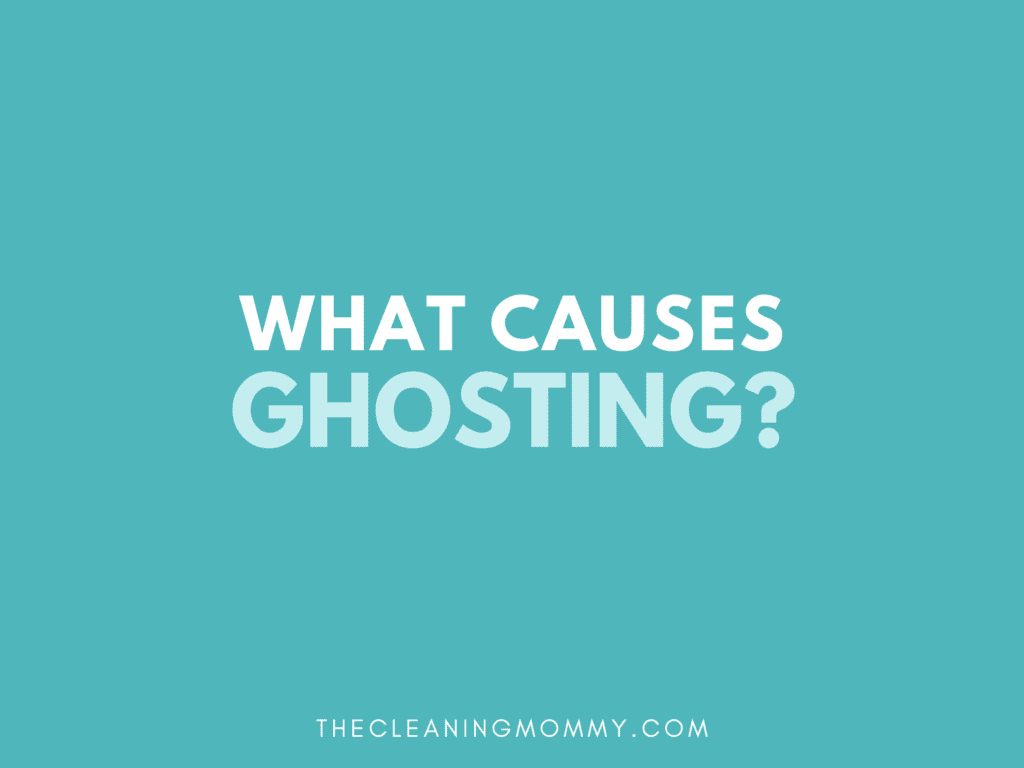
Insulate over the studs
Continuous insulation must be applied to light gauge steel studs in order to prevent thermal tracking. Thermal bridges can easily be broken during home construction by adding insulation to the wall system, including the wall studs.
During remodeling, you can only install insulation internally or externally. Since it requires replacing drywall, trim, or other interior finishes, adding insulation from the interior is usually difficult and expensive.
Insulation under new siding avoids thermal bridges, improves energy efficiency, and allows you to leave the interior of the house undisturbed while the exterior walls get a facelift.
Re-sheetrock, tape, sand, and repaint.
Next, it’s time to install new sheetrock. Cut the new sheetrock to size and then use screws or nails to secure it in place. Once the new sheetrock is up, use joint tape to tape all of the seams. Once the new sheetrock is in place and taped, sand the surface until it is smooth.
Then, paint the area with a fresh coat of stain killing paint, like Kilz. Allow the paint to dry completely before painting with your wall color. moving furniture back into place or hanging pictures on the walls.
How To Prevent Ghosting On Walls and Ceilings
If you’re noticing strange shadows or lines on your walls or ceilings, it’s likely that you’re experiencing ghosting. Once you’ve identified the problem, there are more preventive measures you can take to keep thermal tracking (aka, ghosting) at bay.
Adding thermal break insulation is just the beginning. Keep reading to discover other problem areas in your home that need improvement.
Clean or remove welcome mats
Welcome mats see a lot of traffic. They’re constantly being stepped on, walked over, and dragged through all kinds of dirt particles, mud, and debris. It’s no wonder that they can get pretty dirty, pretty quickly. The best way to keep your welcome mat looking its best, and avoid ghosting stains, is to clean it regularly. Here’s how:
Remove your welcome mat from its location and take it outside. Any time you clean your welcome mat, you should do it outside to avoid making a mess in your home.
Hose down the mat with water. Use a gentle stream of water to remove any loose dirt or debris from the surface of the mat. If you have a power washer, you can use that instead of a hose. Just be careful not to use too much pressure, as this could damage the mat.
Scrub the mat with soap and a brush. Once you’ve removed all the loose dirt, it’s time to scrub the mat with soap and water. Use a brush with soft bristles so as not to damage the mat. You can also use a pressure washer for this step if you’re careful not to apply too much pressure.
Rinse the mat off with water. Once you’ve scrubbed the mat clean, rinse it off with water to remove any soap residue. Be sure to rinse it thoroughly so that no soap is left behind—otherwise, it could attract dirt and stains.
Allow the mat to dry completely before putting it back in place. Once the mat is clean and dry, you can put it back in its original location. If possible, place it in the sun so that it dries even faster.,

Have your ducts professionally cleaned
If the idea of dealing with air-borne dust isn’t enough to motivate you to schedule a professional cleaning, consider the other dangers of ignoring them. First of all, the build-up of dust and soot particles in your ductwork can cause your heating and cooling system to work less efficiently. Leading to more expensive bills for you and more wear and tear on your HVAC system.
Additionally, the debris can also lead to clogged filters, which can cause your system to overheat and potentially break down completely.
But perhaps the most important reason to have your ventilation systems cleaned is for the sake of your family’s health. When your HVAC system is full of dirt and debris, it can blow that dirt and debris into your home every time it turns on.
If anyone in your family suffers from allergies or asthma, they could have a serious reaction to the particles in the air. In fact, the EPA has identified indoor air pollution as one of the top five environmental health risks.
Have the walls, windows, and doors checked for excessive moisture or leaks
One of the most important things you can do to keep your home in good shape is to ensure it is free of excessive moisture. Water damage is one of the leading causes of ghosting marks on walls and ceilings, and it can also lead to several other problems. Regularly checking your home for leaks and taking steps to prevent moisture buildup can help keep your home looking its best.
Another way to prevent dark stains is to keep an eye on condensation. If you see water droplets forming on your windows or walls, it’s essential to take steps to reduce the amount of excess moisture in the air. You can do this by opening windows and using fans or dehumidifiers.
Don’t forget about doors and windows. Doors and windows are other common sources of leaks. Make sure that they are properly sealed and that there are no gaps around them where water could enter. Also, check the weatherstripping around doors and windows to ensure it is in good condition.
Open doors and windows often.
One of the most effective ways to stop ghosting is to control the relative humidity in your home. Too much humidity can cause moisture to condense on surfaces, resulting in ghosting stains.
If you have an HVAC system, you should use a humidifier to control indoor air quality. You should also make sure that your vents are not blocked so that air can circulate properly.
Check indoor humidity often.
Monitoring the dew point is the best way to control humidity. When the dew point exceeds the temperature inside your home, you should turn on a fan or open a window. You can prevent ghosting stains by keeping the indoor air dry.
You can use kitchen exhaust fans and bathroom fans to help control humidity. These fans will remove moisture from the air and keep your home dry.
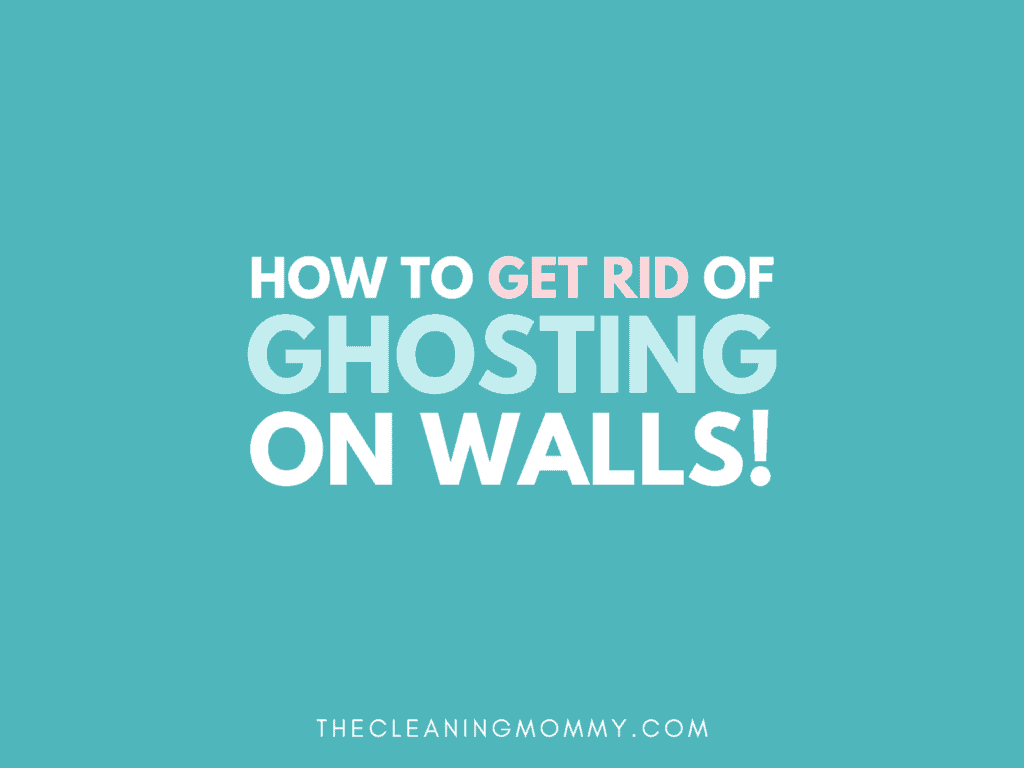
Ensure adequate ventilation for all appliances.
One way to prevent ghosting and dark wall stains is to ensure adequate ventilation for all appliances, including the furnace filter, exhaust fans, and even space heaters.
If these appliances are not properly ventilated, the heat and moisture can build up and cause the paint or wallpaper to blister and peel. Also, it is vital to maintain a consistent temperature in the home – fluctuating temperatures can cause the paint or wallpaper to expand and contract, increasing the chances of ghosting.
Shampoo pets to reduce dander
If you have ever had a pet, then you know how difficult it can be to keep your home clean. Pets shed dander, which can quickly accumulate on furniture and clothing. Dander is also a common trigger for allergies and asthma.
One way to reduce the amount of dander in your home is to shampoo your pets regularly. This will help to remove loose hair and dander from their coat, preventing it from spreading throughout your home.
Shampooing also has the benefit of avoiding stains on carpets and walls around furniture. If you have allergies or asthma, be sure to use a hypoallergenic shampoo to reduce the risk of triggering an attack.
By taking these simple steps, you can help to keep your home clean and dander-free.
Vacuum often with a good filter
Vacuuming regularly is the best way to prevent ghosting stains, as it will remove dirt and debris before it has a chance to settle into the fibers of your carpet. However, it is also important to use a vacuum with a good filter. Especially when cleaning the furnace filter yourself.
A HEPA filter will trap small particles that could otherwise cause stains, making it an essential tool in preventing these unsightly marks.
Check and potential moisture culprits, like sumps, leaks, drain pans, etc.
If you want to prevent ghosting from appearing, it is important to start by checking any potential moisture leaks or sources, such as sumps, drain pans, and leaky pipes that may not only add to the humidity in the house, but encourage mold growth.
It is imperative that they are in proper working order and that no water damage is being caused by them. It is also a smart idea to check your bathroom exhaust fan to make sure it is not causing ceiling stains on your walls from moist warm air.
Conclusion
Inadequate insulation, burning candles, and air-borne dust are just a few ways dark marks appear on walls and ceilings. To keep these ghost marks away, remember; that proper ventilation, the correct insulation of ventilation systems, and regular cleaning are the best ways to move towards a permanent solution to ghosting on walls.
Other Cleaning Articles You May Like:
- How To Clean Wood Stove Glass
- How To Clean Ceiling Fans With Vinegar
- How To Clean Walls Fast And Easy
- Best vacuum for viny floors
- How to clean high chair straps
- How to get rid of mold on clothes
- Decluttering quotes to inspire you
- Best things to do to keep your home clean with dogs
- How to remove pen ink from wall

Grainne Foley
Grainne Foley is a wife and mother of 2 great kids. During her 5 years of full time RV travel, Grainne learned to become very efficient at household chores, in order to make time for family adventures. Now, back in a house, she has continued to create tools and techniques to help others lighten the load of household organization and cleaning.
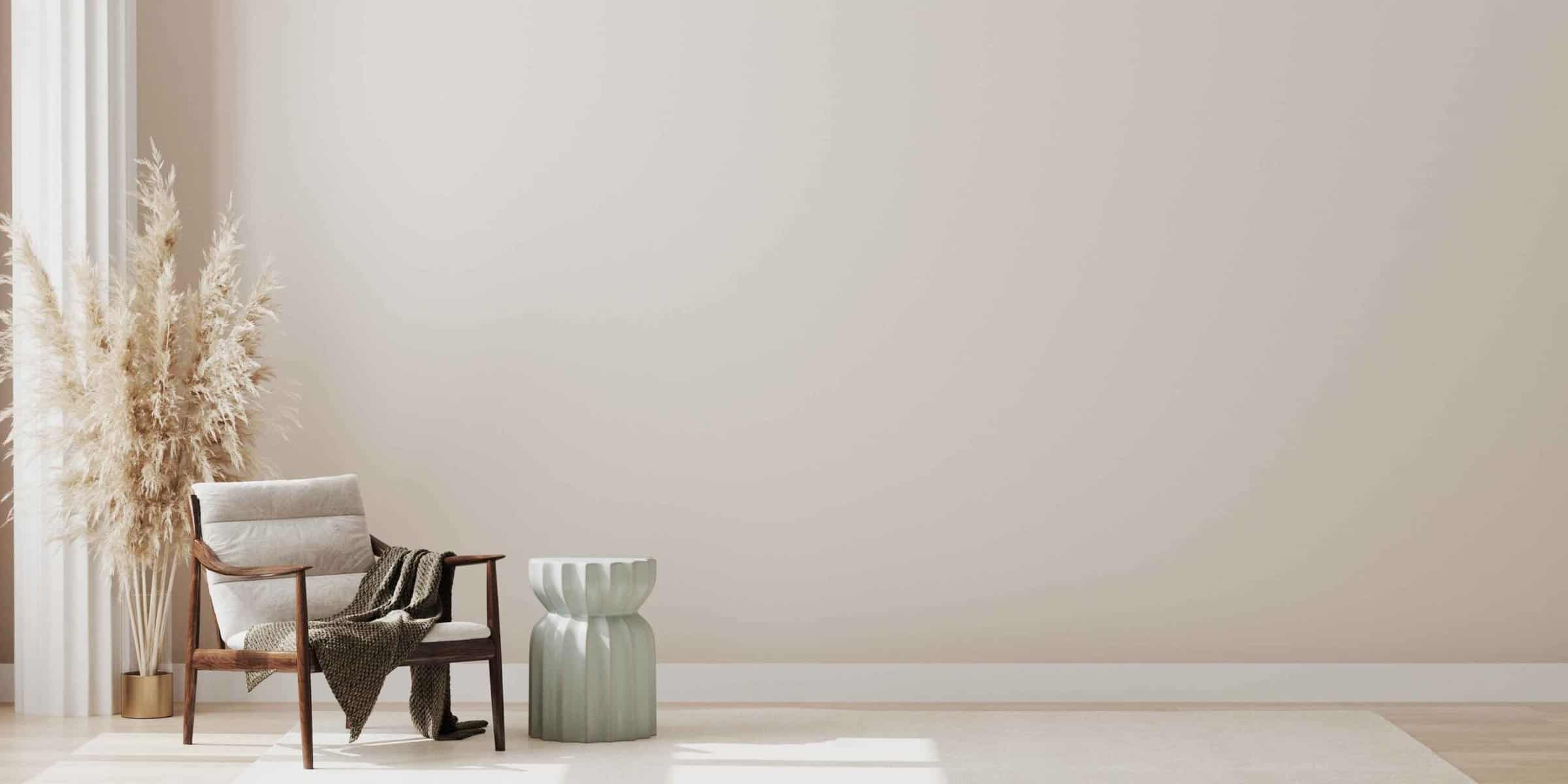
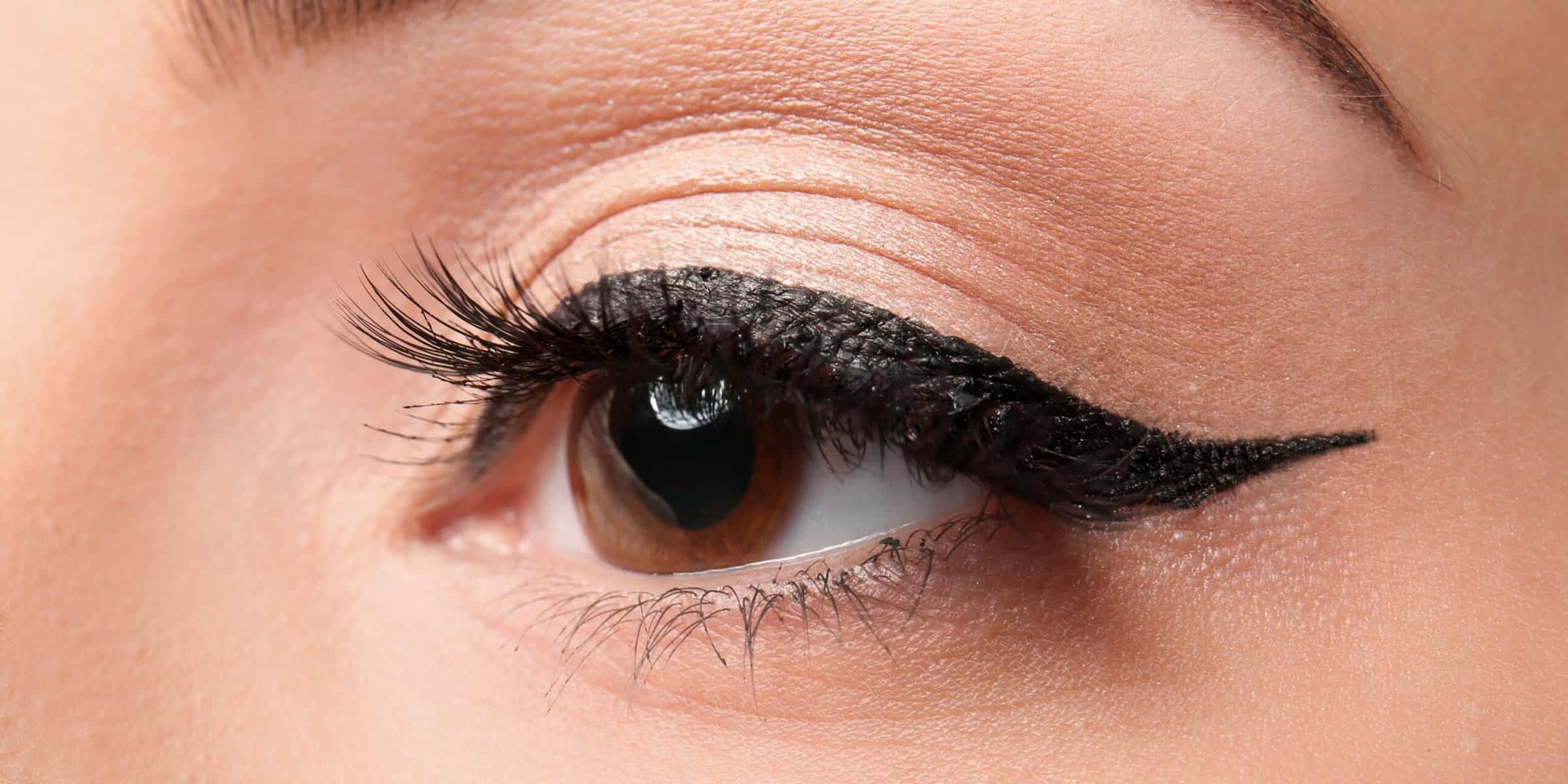
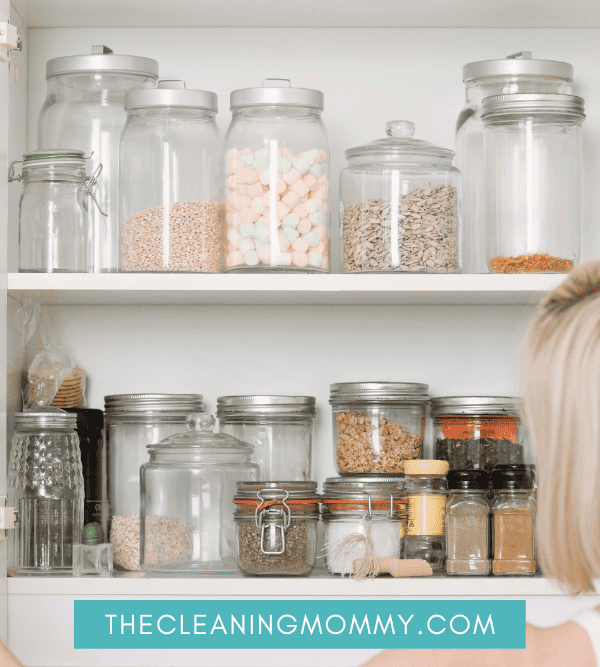

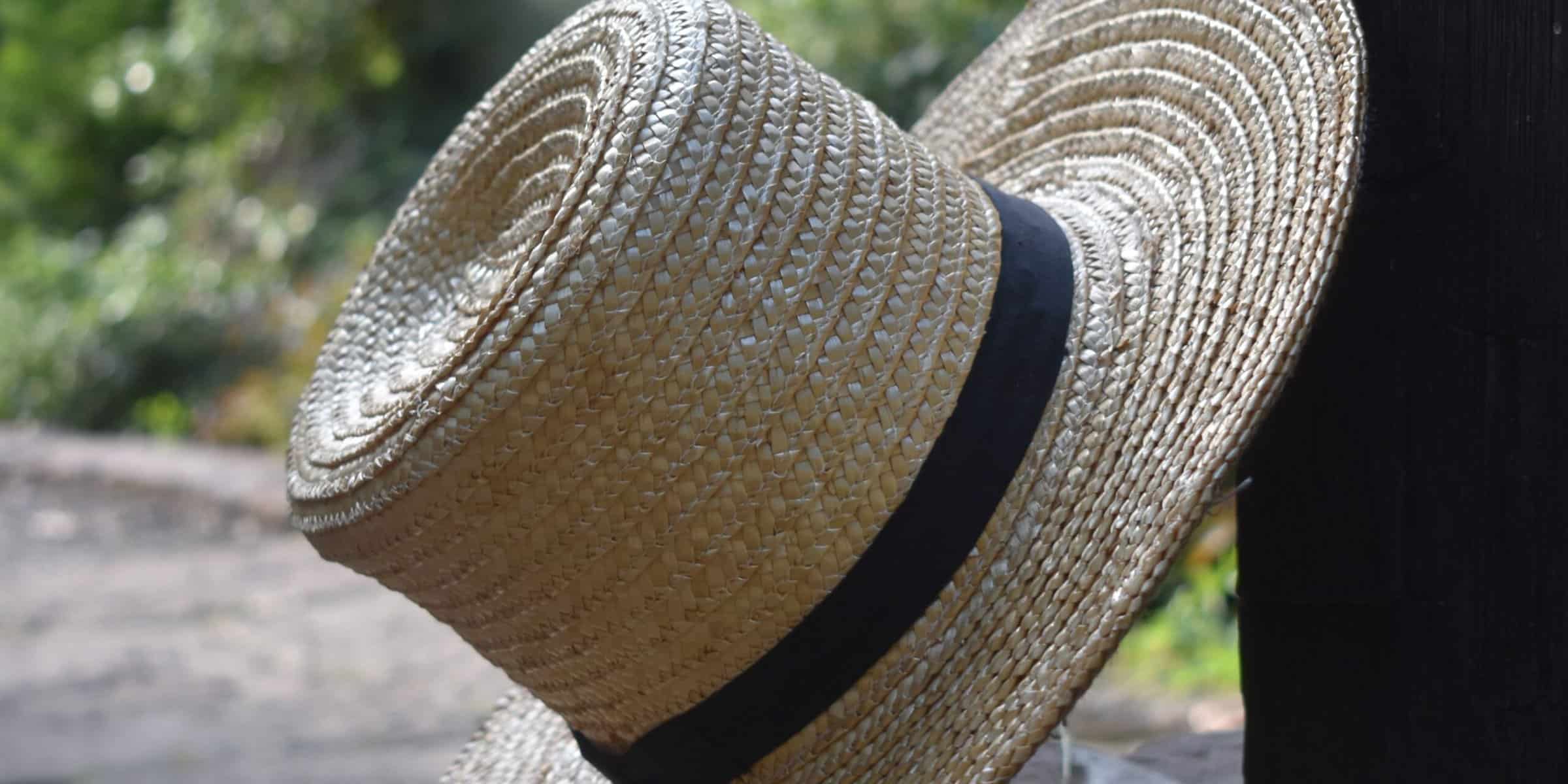
Leave a Reply